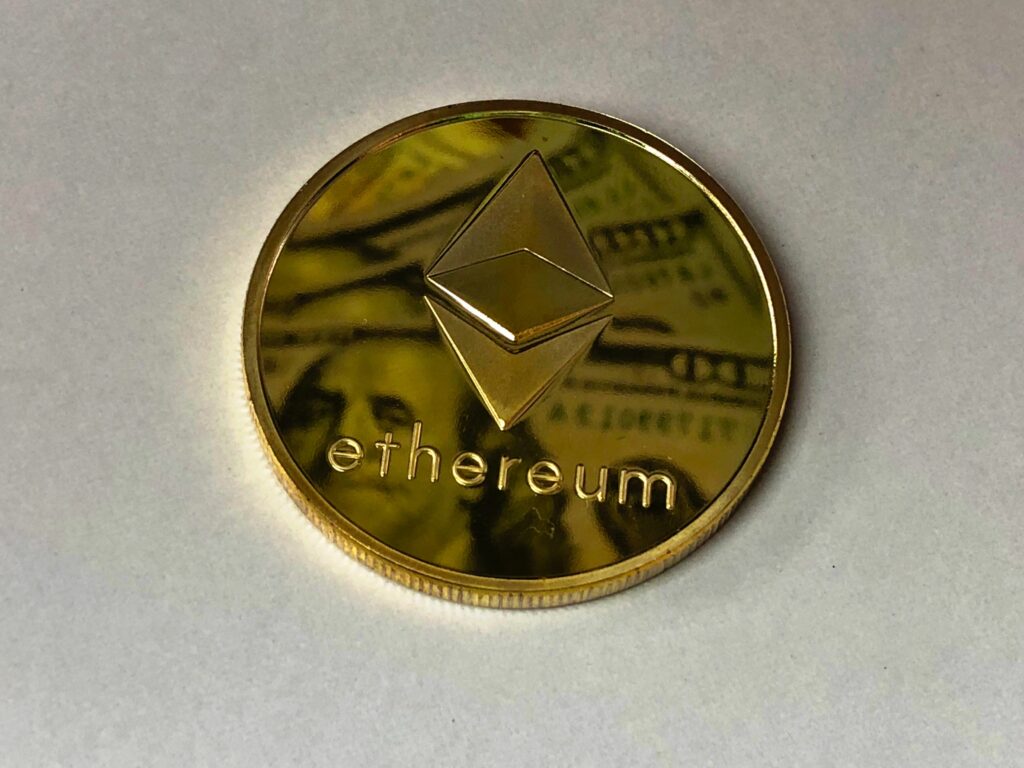

15.09.2022 – The crypto world breathes a sigh of relief: The Merge has happened. The Ethereum network switched from Proof of Work to Proof of Stake tonight. Which should save a lot of energy. And could make Ether the preferred e-currency of all ecologically concerned investors. Now what? Well, the whole thing is a bit reminiscent of Y2K hysteria: little has happened so far. Which is not such a bad thing.
So far, the Ether price has hardly reacted to the big event, as the four-hour chart shows. Apparently, traders and investors are waiting to see whether everything will really go smoothly in the coming days and weeks. Moreover, the recent sell-off in the stock market in the wake of the US inflation data and the subsequent interest rate scare has also created a risk-off sentiment in e-denominated currencies. Perhaps most traders have not even noticed the event.

Quelle: Bernstein Bank GmbH
What happened: The blockchain network pulled off the biggest and most ambitious software upgrade in the crypto world tonight, according to news agency Bloomberg. Co-founder Vitalik Buterin announced the deal on Twitter a short while ago. The Merge is a fusion of the existing blockchain with a parallel network, the Beacon Chain, on which the Proof of Stake concept was tested. Put simply, it means that the entire computing process involved in the creation of a token is no longer documented in the blockchain. Instead, only the existence is documented.
Massive energy savings
With a successful conversion, mining Ether should save an incredible 99.95 percent of energy, as the Ethereum Foundation estimates. In times of exploding electricity costs, this is certainly a plus for investors. Especially for large investors who invest in an ecologically correct way. In addition, the network is supposed to run faster. In addition, tokens are to be taken off the market.
Crypto yield
And another advantage: with the transition to Proof of Stake, there are now better ways to “stake” ETH, according to the website Blockchaincenter.net. In simplified terms, this means that investors virtually bind themselves to the cryptocurrency via a derivative. In return, the staker receives a reward in the form of newly created Ether, which, according to the Ethereum Foundation, results in a return of 4.1 per cent per annum. According to the website Staking Rewards, the return after the merge is even 5.2 per cent. Tokens from scammers are to be eliminated.
Anxious look ahead
The interesting question now is whether cyber gangsters will not increasingly strike. “Cointelegraph” named the three biggest threats: Fraudulent staking pools, upgrade scams and fake airdrops – which are supposed gifts in the form of cryptos. Another concern in the community is the appearance of copies such as EthereumPOW. Multiple versions could cause confusion. The question is also whether the new system really runs smoothly. Or whether there are technical glitches.
For example, the Coinbase Global exchange has frozen Ether transactions as a precaution, among other things, for fear of hacker attacks. The crypto exchange Aave stopped lending before the merge. Unwanted incidents are likely to torpedo the ETH exchange rate. Conversely, if there is a technical success, it could soon go steeply up. So stay alert and keep an eye on the real-time news – Bernstein Bank wishes successful trades and investments!
The content of this publication is for general information purposes only. In this context, it is neither an individual investment recommendation or advice nor an offer to purchase or sell securities or other financial products. The content in question and all the information contained therein do not in any way replace individual investor- or investment-oriented advice. No reliable forecast or indication for the future is possible with respect to any presentation or information on the present or past performance of the relevant underlying assets. All information and data presented in this publication are based on reliable sources. However, Bernstein Bank does not guarantee that the information and data contained in this publication is up-to-date, correct and complete. Securities traded on the financial markets are subject to price fluctuations. A contract for difference (CFD) is also a financial instrument with leverage effect. Against this backdrop, CFD trading involves a high risk up to the point of total loss and may not be suitable for all investors. Therefore, make sure that you have fully understood all the correlating risks. If necessary, ask for independent advice. CFDs are complex instruments and are associated with the high risk of losing money quickly because of the leverage effect. 68% of retail investor accounts lose money trading CFD with this provider. You should consider whether you understand how CFD work and whether you can afford to take the high risk of losing your money.7
